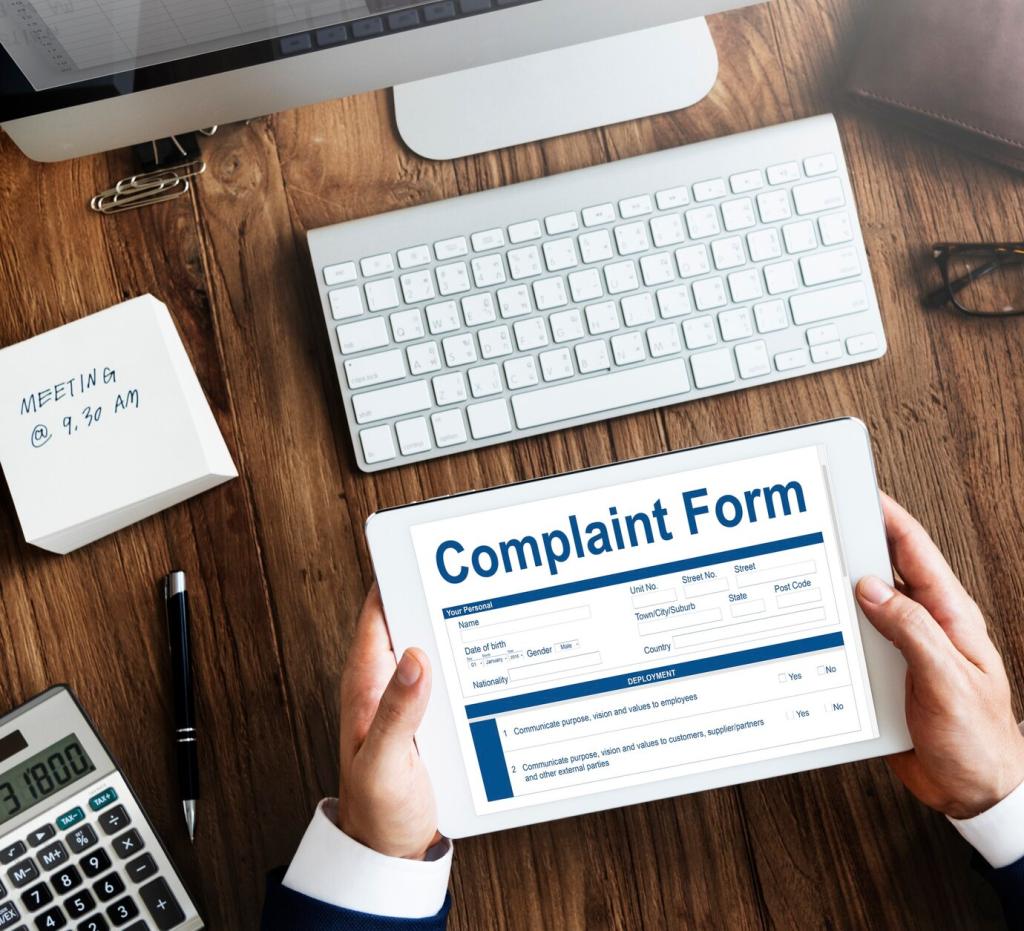
Best Practices for Regulatory Compliance in Finance
Chosen theme: Best Practices for Regulatory Compliance in Finance. Navigate evolving rules with confidence, turning regulatory obligations into operational excellence and customer trust. Join the conversation, subscribe for updates, and share your frontline experiences.
Build a Risk‑Based Compliance Framework
Map Obligations to Risks and Owners
Begin by mapping every applicable regulation to concrete risks, processes, and owners. A regional lender we interviewed used a likelihood–impact heat map to spotlight AML, sanctions, and fair lending, then tied each hotspot to measurable controls and monitoring.
Prioritize Controls Where It Matters
Prioritize control design and testing where risk concentrates. One payments firm reduced false positives by segmenting corridors, tightening scenario thresholds, and investing in data quality, then published clear KRIs to focus teams on alerts that truly mattered.
Keep the Framework Living
Keep the framework living through horizon scanning and structured change management. Track rulemakings from the SEC, FCA, and local supervisors, log impacts, assign actions, and review quarterly. Subscribe to our checklist drop and share your favorite monitoring sources.


Governance and Accountability That Stand Up to Scrutiny
Clarify the three lines: business owns risks, compliance advises and challenges, audit assures independently. Give the board timely dashboards and escalation triggers so emerging issues are surfaced early, discussed openly, and resolved with accountable decisions.
Governance and Accountability That Stand Up to Scrutiny
Policies should be searchable, concise, and written in plain language with examples tied to products and channels. Replace dusty binders with a digital library, ownership metadata, review cycles, and microlearning links employees actually open.
Risk‑based KYC means understanding the customer’s purpose, product usage, geography, and delivery channels. Use FATF guidance to calibrate scoring, then tailor documentary requirements accordingly, capturing beneficial ownership cleanly and explaining rationales so reviewers trust the outcomes.

Data Integrity, Privacy, and Recordkeeping Foundations
Prove Your Data Lineage
Establish data lineage from source systems to reports and evidence transformations. One treasury team prevented a regulatory restatement by reconciling trade dates, time zones, and identifiers daily, catching mismatches before filings and documenting fixes transparently.
Privacy by Design, Compliance by Default
Blend privacy by design with compliance by default: role‑based access, least privilege, encryption, and retention schedules matched to laws like GDPR and CCPA. Avoid over‑retention, which creates discovery risk and storage cost without added regulatory value.
Records That Survive Audits
Preserve records in tamper‑evident formats with clear retention and destruction workflows. WORM storage, hashed logs, and tested eDiscovery procedures matter when timelines compress. Comment if your firm successfully navigated a tight subpoena turnaround without chaos.


Regulatory Reporting and Operational Controls
Close gaps between source data and regulatory reports using data dictionaries, reconciliations, and exception handling. A broker‑dealer avoided a penalty after implementing three‑way matches and sign‑offs that flagged breaks before submissions were transmitted.
Regulatory Reporting and Operational Controls
Design control testing to validate both design and operating effectiveness. Mix walkthroughs, sampling, and data‑driven tests. Publish results transparently, track remediation dates, and invite staff to propose sturdier, simpler controls that still meet regulatory intent.
Culture, Training, and Communication That Stick
Stories change behavior more than slogans. Share real cases of enforcement, near misses, and customer harm, then connect them to your controls. A junior analyst’s question once stopped a bad transfer; celebrate that curiosity widely.


Culture, Training, and Communication That Stick
Deliver microlearning at the moment of need: short modules, embedded tips, and in‑app nudges inside workflows. Measure completion and retention, not just attendance. Subscribe to get our quarterly training templates and tell us what topics resonate.
